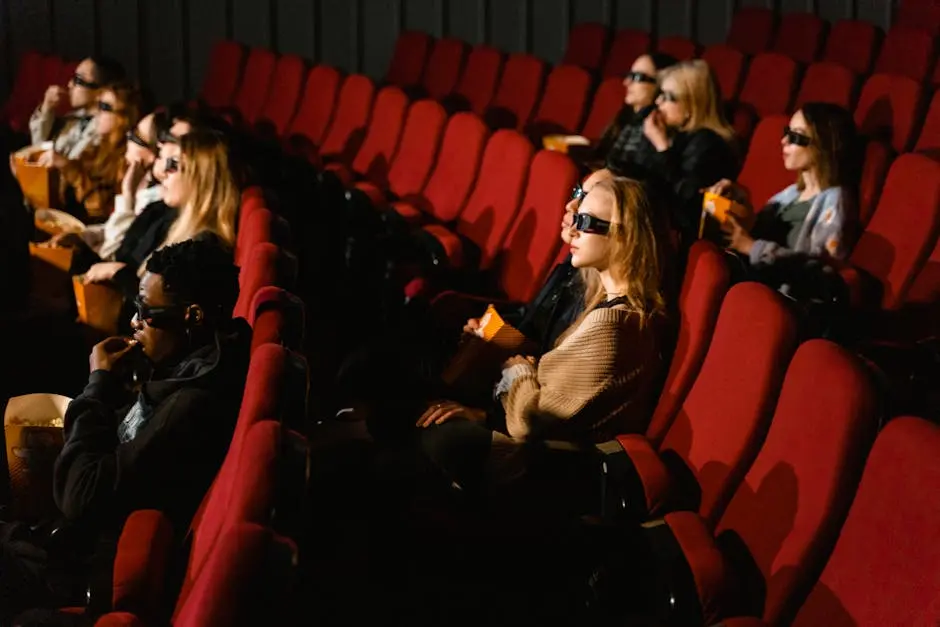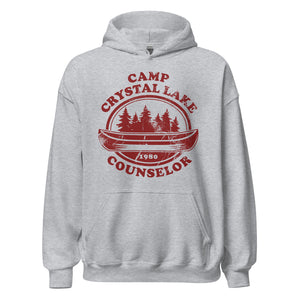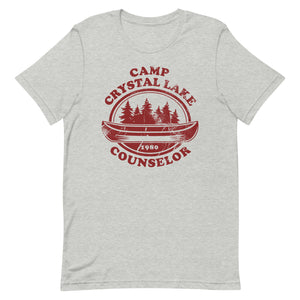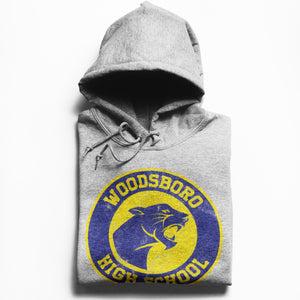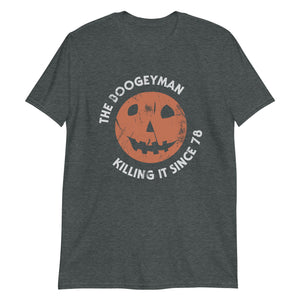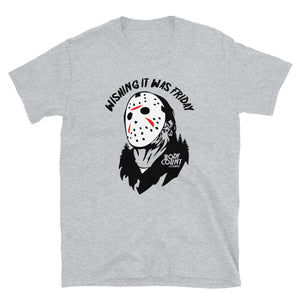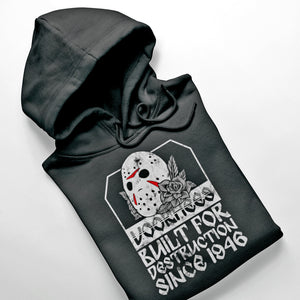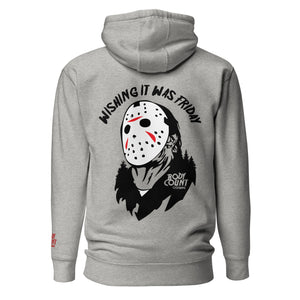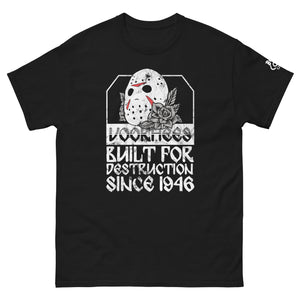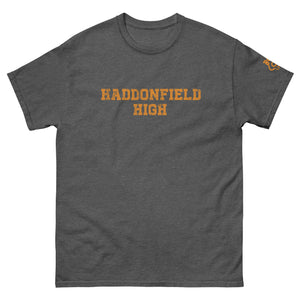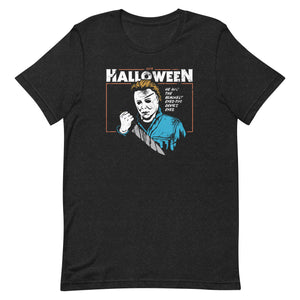How Do Horror Movies Impact Popular Culture?
Horror movies have captivated audiences for generations, not just by evoking fear but also by influencing our culture in profound ways. From fashion trends to social discussions, the impact of horror is everywhere. In this blog, we will explore how horror movies shape popular culture, making it a rich and engaging topic for both fans and casual viewers alike.
Defining Horror Movies and Their Themes
Horror movies are characterized by their thematic focus on fear, the supernatural, and the grotesque. Understanding these themes helps contextualize their cultural impact.
At their core, horror films delve into our primal instincts, often revealing what we fear most. From creatures lurking in the shadows to stories of haunted spaces, these films evoke powerful emotions.
Moreover, typical motifs such as isolation, the unknown, and moral dilemmas challenge viewers, prompting deep self-reflection. This engagement elicits discussions around personal fears and societal issues.
Communicating fears through the medium of film not only entertains but serves as a shared experience for audiences. This bond can create conversations about the themes portrayed, deepening their impact on culture.
Horror’s Influence on Fashion and Trends
From iconic costumes to makeup styles, horror films often set trends in the fashion industry, influencing how we express ourselves.
Think about the chilling elegance of characters like Morticia Addams or the modern goth aesthetics influenced by film. These representations have transcended cinema, impacting trends in various fashion circles.
Even more subtle, horror elements have made their way into mainstream fashion, shaking up traditional seasons and styles. Designers often draw inspiration from the eerie emotions evoked in horror, creating garments that provoke thought.
Social media amplifies this influence, allowing fans and designers to share styles inspired by their favorite horror narratives, reinforcing the connection between pop culture and fashion.
Horror Movies as Social Commentary
Many horror films tackle social issues such as gender roles, race, and class, using fear as a backdrop to reflect societal anxieties.
By crafting narratives that address these themes, horror filmmakers encourage dialogue. Movies like ‘Get Out’ and ‘A Nightmare on Elm Street’ challenge societal norms while simultaneously entertaining viewers.
This social commentary often resonates more deeply than traditional genres, as it forces audiences to confront uncomfortable topics through a gripping lens. The discussions that arise bolster the cultural significance of horror.
In essence, horror becomes a mirror reflecting the complexities of our society while reminding us of our shared human experience. The blend of entertainment and critique leads to a richer cultural tapestry.
Shaping Language and Slang in Popular Culture
Catchphrases and terminology from horror movies often permeate into everyday language, influencing communication and social interaction.
Phrases like ‘It’s alive!’ and ‘I see dead people’ have transcended their origins, becoming part of common vernacular. This demonstrates how horror isn’t just a genre; it becomes a cultural lexicon.
Moreover, the growing horror genre has inspired various linguistics trends, including slang and references used in youth culture. Whether through memes or social platforms, these phrases echo the resonance of horror in daily life.
As communities come together to share and celebrate their love for horror, language evolves, demonstrating the genre’s continued impact and relevance in contemporary society.
The Role of Horror in Media and Entertainment
The success of horror films has led to the proliferation of horror-themed content across various media, including television, literature, and video games.
Television series increasingly explore horror elements, with shows like ‘American Horror Story’ redefining how audiences engage with the genre. This expansion into a variety of formats invites diverse storytelling and fresh perspectives.
In literature, authors such as Stephen King encapsulate the essence of horror while pushing boundaries of genre. Their works not only entertain but also explore deep psychological themes, resonating with readers on various levels.
Video games have also embraced horror elements, crafting immersive experiences that evoke genuine emotions through gameplay. This integration allows fans to engage with horror in a way that’s interactive and uniquely personal.
Impact on Viewer Psyche and Society
Horror films can provoke strong psychological responses, challenging viewers’ perceptions of fear and safety in society.
When faced with fictional terrors, audiences often reflect on their real-life fears, exploring what safety means in an unpredictable world. This duality can forge a deeper understanding of oneself and societal dynamics.
Furthermore, horror allows viewers to confront their anxieties in a controlled environment. Engaging with horror movies provides a safe space to explore fear without genuine risk, often leading to catharsis.
As a result, horror films contribute significantly to cultural discussions about mental health, societal fears, and our collective anxieties, acting as a platform for introspection and understanding.
Understanding the Cultural Impact of Horror Films
The influence of horror movies on popular culture is undeniable. They not only reflect societal fears and taboos but also challenge and shape our perceptions in unique ways. By exploring themes of fear, morality, and the unknown, horror films offer us a lens through which we can examine ourselves and the world around us.
